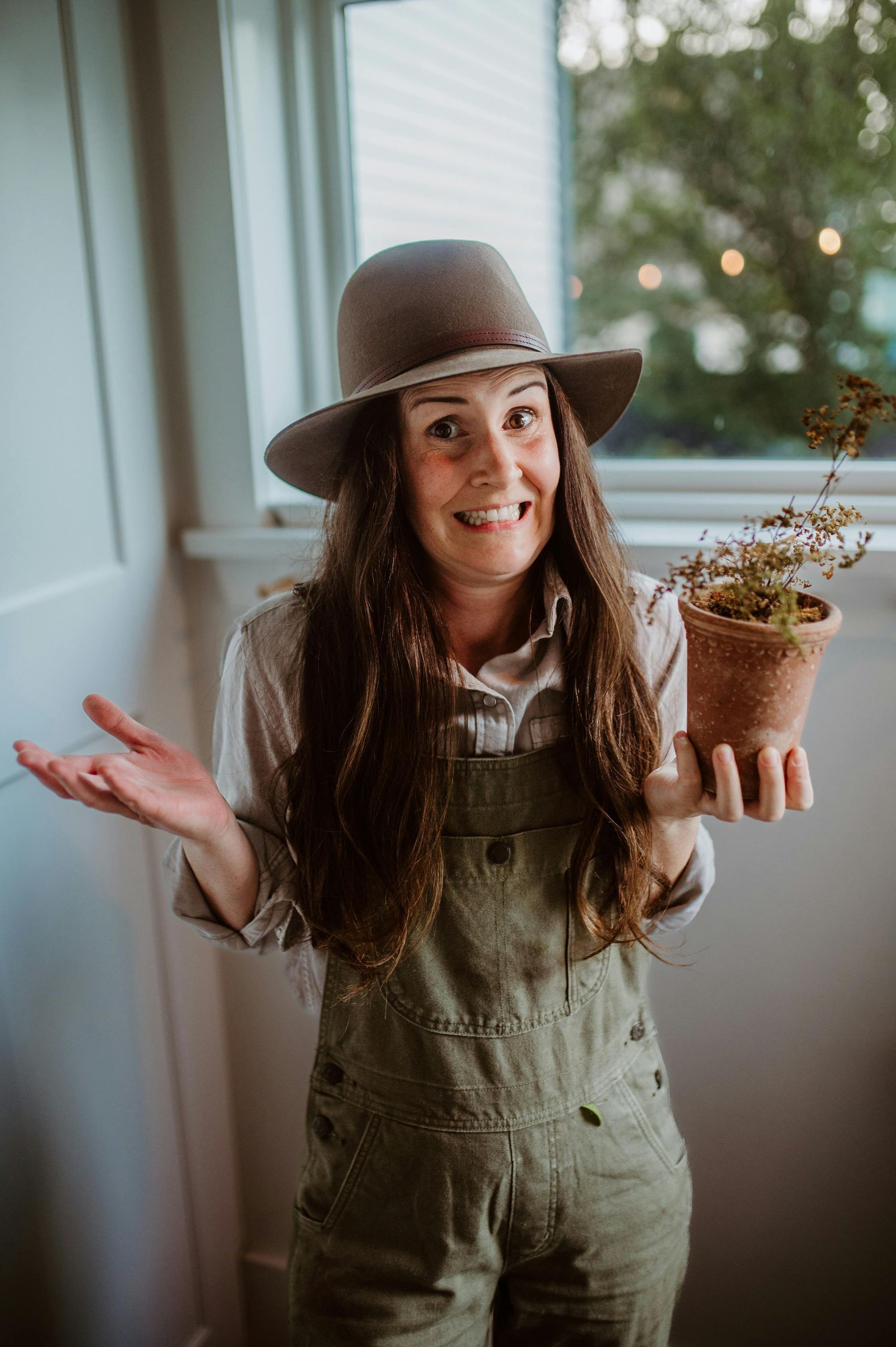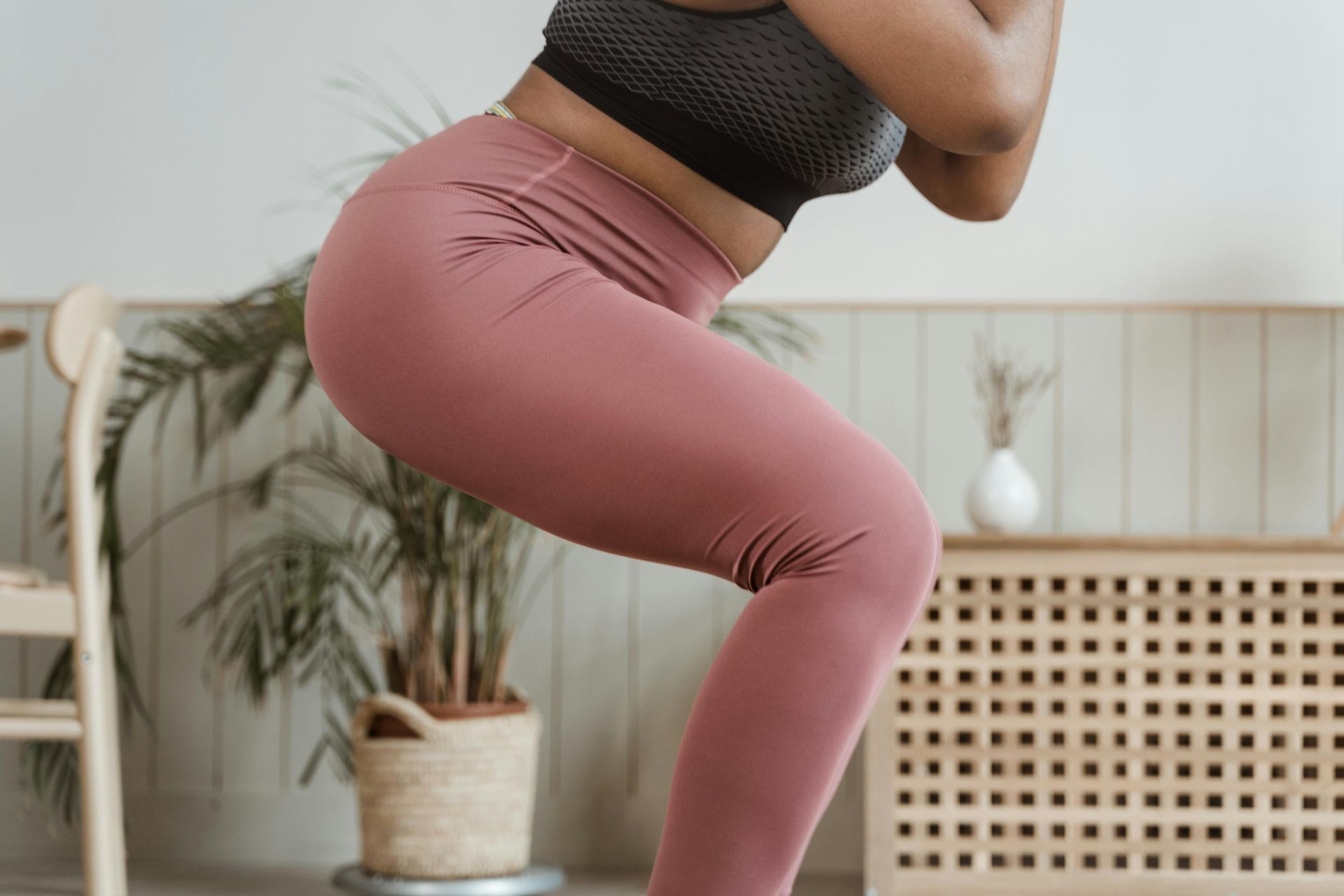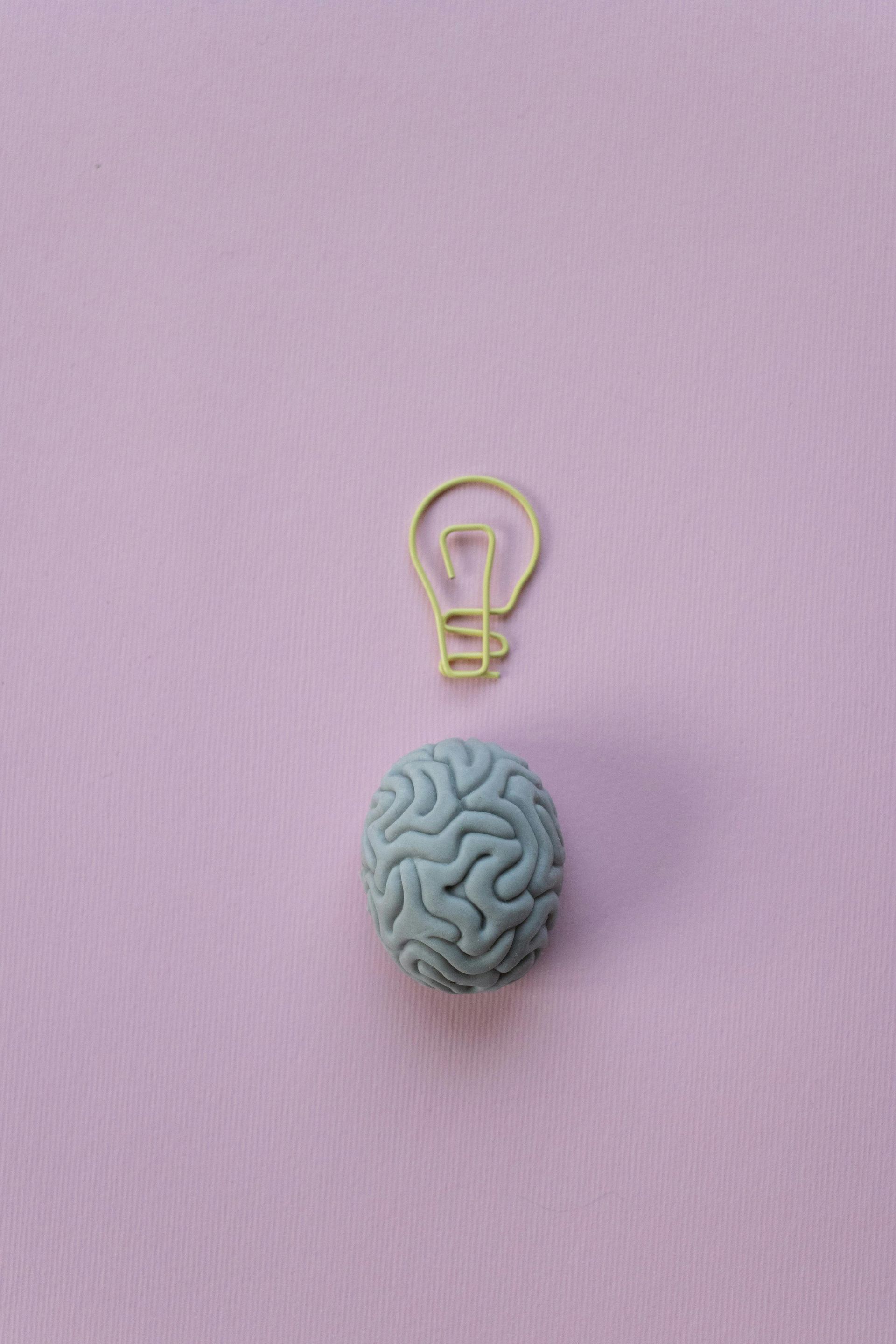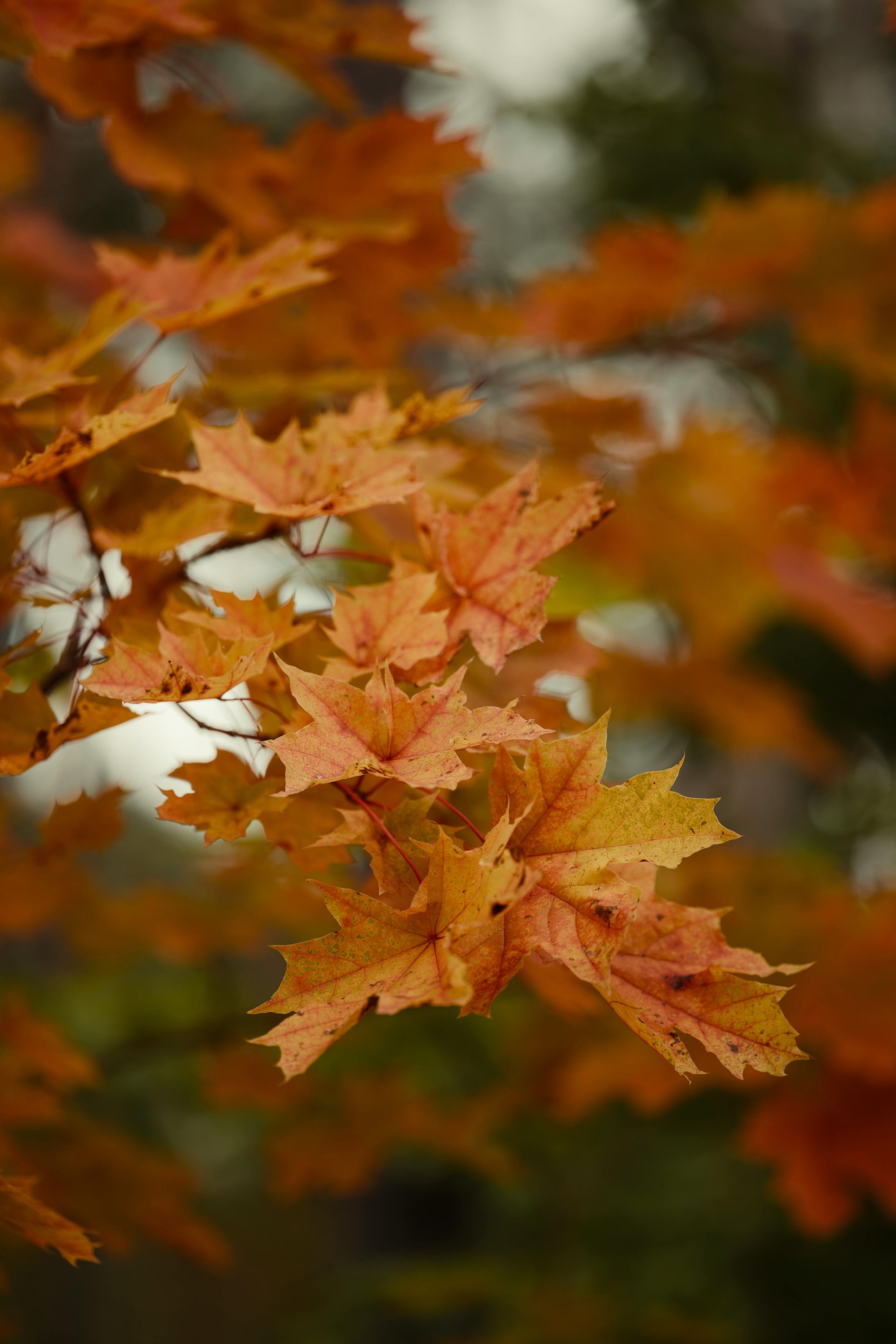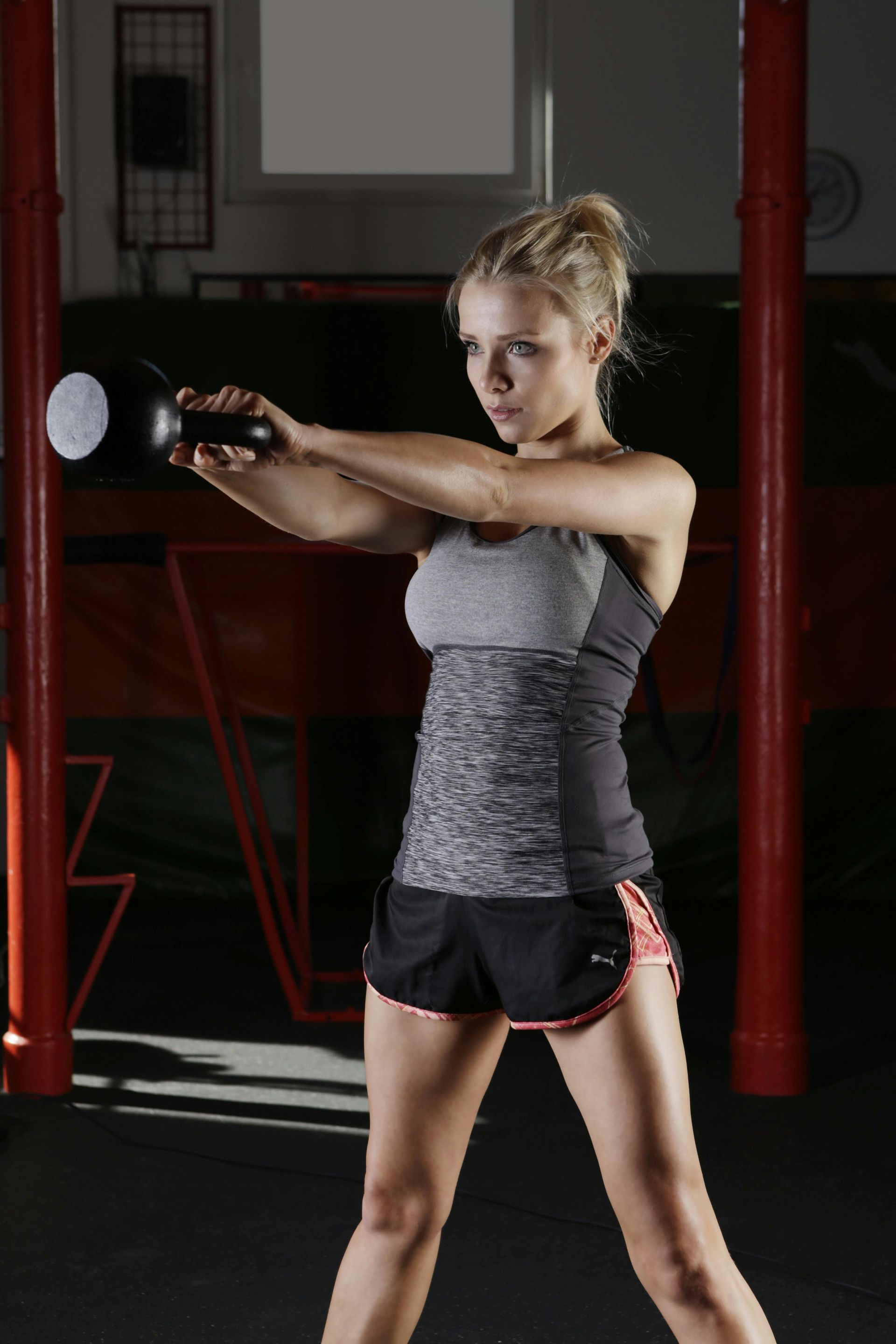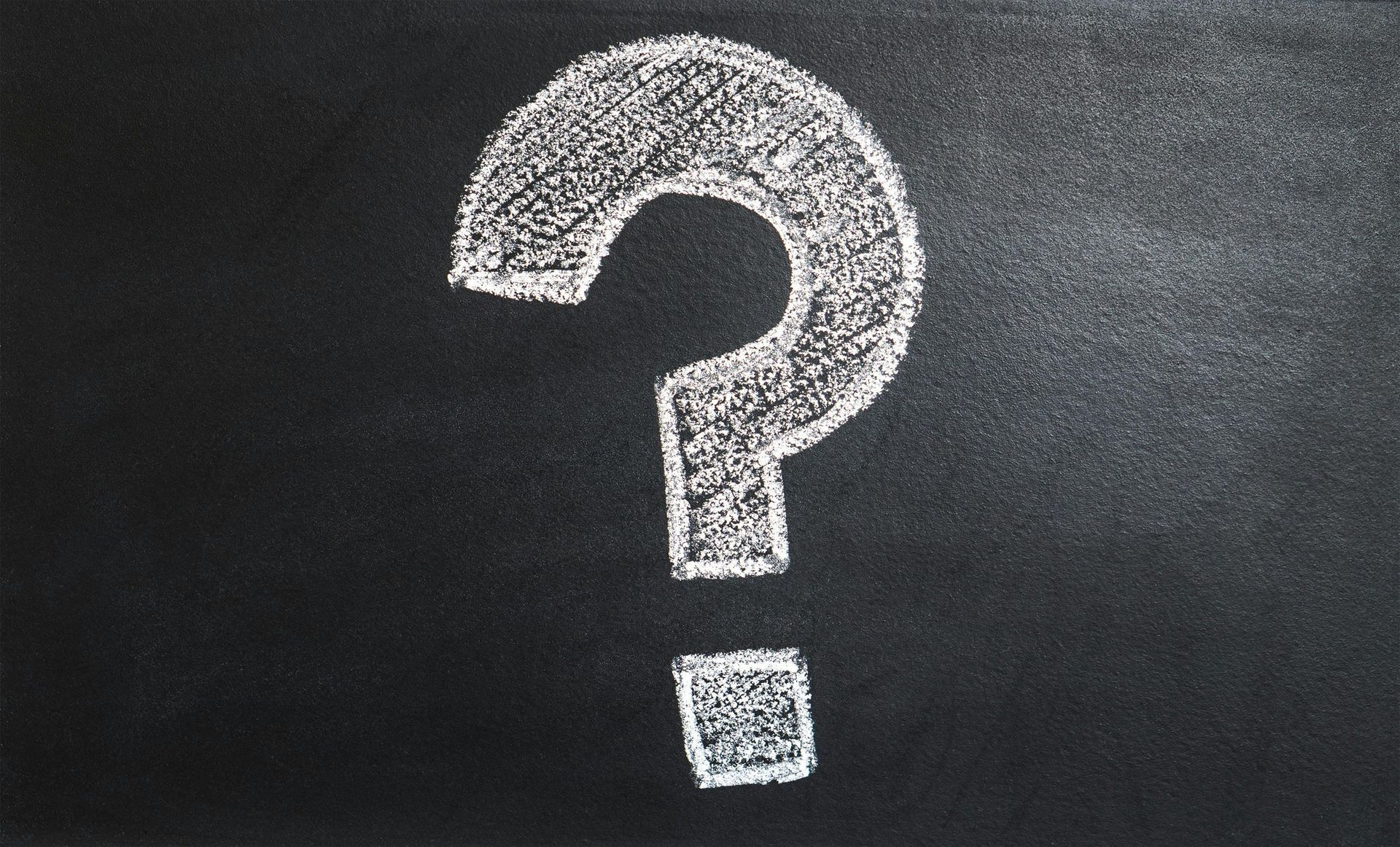Wanted! Ways to keep your knees happy for life
Because knees are important!
We rely on them for pretty much all movement from walking to running, jumping and climbing. So they can experience a fair amount of wear and tear. That's before you factor in things like injuries, genetics and osteoarthritis.
What's different about knee joints?
OK, The knee joint's a bit funky. It's one of the biggest joints in your body and is known as a "modified hinge joint".
This means that it opens and closes (like a door), and also allows for the fact that the top part of your leg is always in a different position (that is - it's not fixed).
The knees are also known for "being a slave to the hips and feet", meaning that pain experienced in the knee might be due to something going on above or below the joint.
Bend ze knees
(And straighten them).
There are loads of muscles, ligaments and tendons involved in flexion (bending) and extension (straightening) the knee joint.
I'm not going to give you a huge anatomy lesson, but briefly, here are the big groups of muscles involved:
- Knee flexion is primarily managed by the hamstrings. They're connected at the back of your hip joint and just below your knee, to the back of your lower leg bones.
- When the hamstrings contract, they bring the back of your lower leg closer to the back of your thigh.
- Knee extension is primarily managed by the quads. They're connected at the front of your hip joint and just below your knee to the front of your lower leg bones.
- When the quads contract, they bring the front of your lower leg closer to the front of your thigh. Of course, because of the way are knees are, only to the point where your upper and lower legs are in a straight line.
As with any joint, both groups of muscles need to have both the strength to perform their designated action AND the flexibility to allow the other group to do their job. E.g. - got tight hamstrings? It'll be difficult, unless you have very strong quads, to straighten the knee.
What can cause knee pain?
There are a lot of different reasons why you might have sore knees. And to be clear, I'm not the person to diagnose. You need a doctor for that. But here are some of the reasons why your knees might be unhappy:
- Dysfunctions in the hip joint or feet. You'll probably need a physio to diagnose what's going on and where.
- Osteoarthritis is when the cartilage (which acts as the cushioning between the bones of your upper leg and those of your lower leg) wears away so your bones rub against each other.
- Bursitis occurs when the little sacs of fluid that also help cushion the joint are irritated or inflamed. This usually happens due to overuse, direct injury or repetitive movements that put pressure on the knee.
- Ligament injuries typically occur by twisting or pivoting the knee; sudden stops or changes of direction; or direct blows (e.g.while playing sports).
- Hypermobility refers to joints that bend further than they should and may impact one or many joints; as well as other connective tissue such as skin or gut tissue.
How can you keep your knees doing their job effectively?
Show your cartilage some love
As we age, we experience a general reduction in cartilage. But you can help it cartilage by:
- Maintaining good form when you exercise to reduce the risk of abnormal twisting or bending;
- Managing your weight so you're not putting extra load through the knees.
- Eating an anti-inflammatory diet including fatty fish, nuts, seeds,fruit and veggies
Add low impact exercise to your routine
I'm not saying "give up running and high impact workouts" because it reduces bone fracture risk throughout the body.
But even so, adding some cycling, swimming or Pilates is going to help you build leg strength without putting extra load through your knees. Particularly if you're not running or doing high impact already!
Don't forget the joints above and below the knees
I mentioned that knee issues might be due to a dysfunction higher or lower than the joint itself. But even if that's not a direct cause, strengthening & stretching all the muscles up and down the chain will make your knees happier.
The sort of exercises that will help?
- Squats & lunges in as many different positions and planes of movement as possible.
- Bridges including single leg options.
- Clams, side kicks, leg circles
- Single & double leg stretch (inc. straight leg versions), hip circles
- Single and double leg kicks
And stretches like:
- Hamstring and quad stretches
- Glute & hip stretches
Wear appropriate shoes.
I said it in my blog about keeping your feet happy and I'll say it again - step away from the flip-flops and high-heeled shoes please! Ideally, aim for flexible, foot-shaped shoes that mimic walking barefoot.
Join us for a class
Looking for ways to get more strength and/ or flexibility in your life? Then join us at one of our lush classes.
I always offer priority to my Priority Wait List when spaces open up. So, to get first dibs on a space, add your name to the Pilates Priority List here or to the LiFT & FLeX Priority Wait List here


